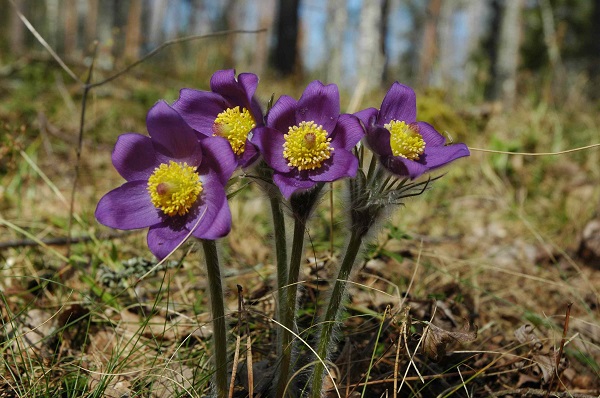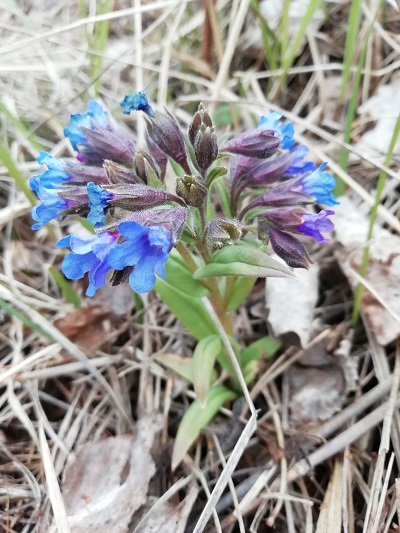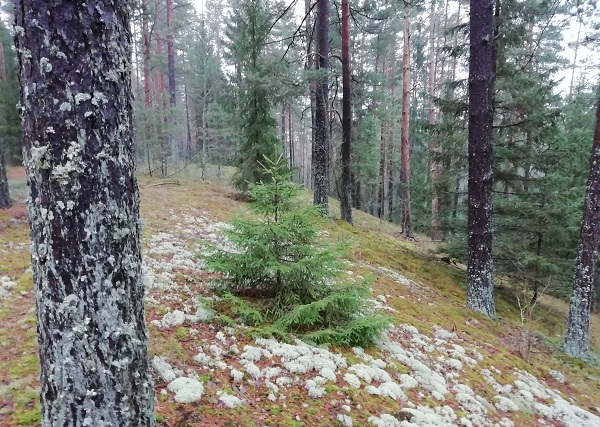LVM to Improve the Living Conditions of Rare Plant Species in the “Driksna sils” Nature Park
JSC “Latvia's State Forests” (LVM) starts maintenance of ash tree forest habitats in an area of 12 hectares in the nature park “Driksnas sils”, which is under its management to create suitable conditions for sustainable existence of habitats of rare and protected species, as well as to create and diversify ash tree habitat structure elements. Habitat maintenance works are carried out within the framework of the project co-financed by the EU Cohesion Fund “Implementation of management measures in specially protected nature territories and micro-reserves to improve the protection status of habitats and species”.
Nature Park “Driksnas sils” is one of the few specially protected nature territories in Latvia, the main value of which is an ash tree forest habitat, which is a well-lit pine forest with a characteristic ground cover on the slopes. Unlike several other forest habitats, the preservation of ash forest requires natural disturbances, but today they occur rarely, so they must be purposefully created.
“In the territory of the nature park, there are such specially protected, light-demanding plant species as the Northern dragonhead, pulsatilla patens, gypsophila fastigiata, dianthus arenarius, cowslip lungwort and arenaria stenophylla. In shaded areas, they bloom poorly and do not form seeds, and they are sensitive not only to shading caused by trees and shrubs, but also to competition of other herbaceous and moss species. The events are planned in those places where the second floor of spruce trees has formed, but 30 years ago it was much lighter there and cowslip lungworts could bloom there; there were also more forest weeds,” says Ieva Rove, LVM Environmental Project Manager.
Photo: Cowslip lungwort – a species that could be expected to grow in the “Driksna sils” nature park
The work will start with the felling of undergrowth and overgrowth in an area of 12 ha, followed by the removal of spruce, birch and other individual trees on the second floor, which create strong shading. Junipers, dry trees, and litter, as well as biologically old trees that are home to other rare species will be preserved. Preserved natural values are marked in red and green at the place of work, for example, biologically old trees to be preserved, rare species sites, vegetation plots, equipment movement zones through the forest, as well as the outer boundary of the cultivated area are marked.
In the autumn, when the felled trees and pile branches have dried up, they will be burnt, thus promoting the mineralization of the ground and open areas. After the completion of the works, a sparse, sun-lit pine forest will be re-established, where rare plant species will have an opportunity to plant in the created open, better-lit areas.
Prior to the commencement of habitat maintenance works at “Driksna sils” nature park, several meetings were held in which representatives of JSC “Latvia's State Forests”, the Nature Protection Board and the State Forest Service discussed and agreed on the improvement and restoration of habitats in the nature park.
The “Driksnas sils” nature park is part of the European Union system of specially protected nature territories or the Natura 2000 network of territories, in which each Member State integrates with its own system of protected areas.
The leading partner of the EU Cohesion Fund co-financed project “Implementation of management measures in specially protected nature territories and micro-reserves to improve the protection status of habitats and species” (No. 5.4.3.0/20/I/001) is the Nature Protection Board; JSC “Latvia's State Forests” together with cooperation partners will perform habitat maintenance works in 14 locations across Latvia this year.






